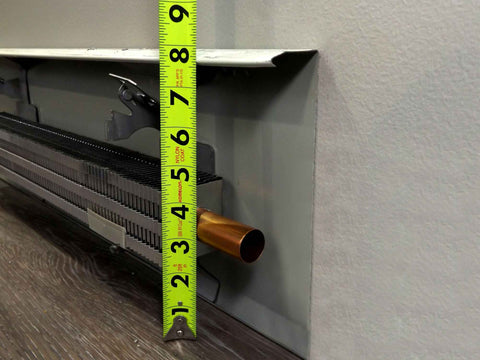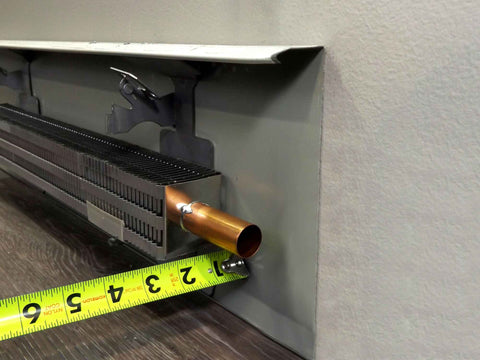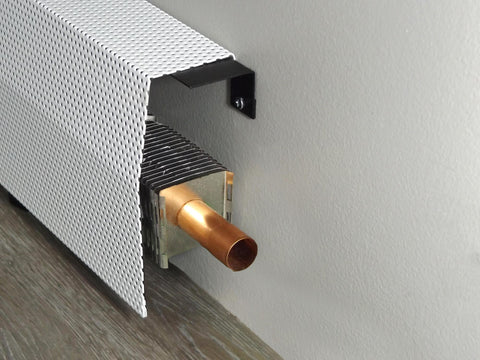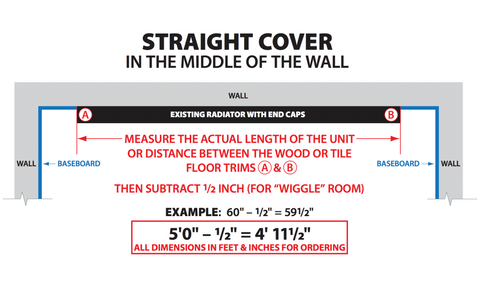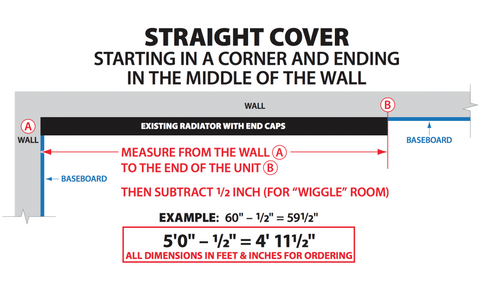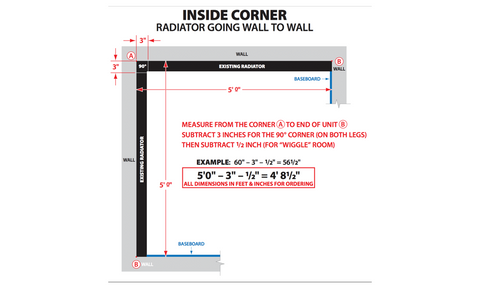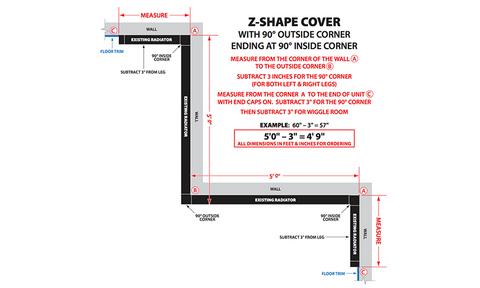Baseboard heaters are popular for providing efficient and consistent warmth in many homes. However, like any heating system, they require regular maintenance to work at their best. Dust, grime, and even small debris can accumulate on the heaters and their covers over time, leading to potential inefficiencies and safety hazards.
If you’ve been wondering how to clean your baseboard heaters and covers, you’ve come to the right place! This guide will walk you through everything you need to know, from understanding the importance of regular cleaning to step-by-step instructions on tackling the job with ease.
Understanding Baseboard Heaters
Baseboard heaters can be electric or hydronic (water-based) and are designed to heat a room by allowing warm air to rise naturally. Positioned along the base of walls, they deliver consistent warmth that spreads evenly throughout a space.
Hydronic heaters use heated water or fluid, which flows through pipes within the unit, while electric heaters work by transferring electrical energy into heat through their internal components. While both types are effective, they can collect dust and dirt on their surfaces and in their interiors, which can interfere with performance if not cleaned regularly. This makes it essential to ensure they stay in good condition year-round.
Why Regular Cleaning Matters
Cleaning your baseboard heaters and covers isn’t just about keeping them tidy; it also improves efficiency and helps maintain a healthier living environment. Regular cleaning can prevent dust buildup, ensure better heat circulation, and extend the lifespan of your heating system.
Improved Air Quality
Dust and debris that collect on your baseboard heaters can release into the air and circulate around your home. This can lead to allergies or respiratory issues, especially for sensitive individuals. By cleaning regularly, you can maintain healthier indoor air quality.
Enhanced Efficiency
A clean heater operates more effectively because dirt and grime can block heat flow. This decreases the heater’s ability to warm your space and may increase energy usage as it struggles to meet your desired temperature.
Extended Lifespan
Routine cleaning is essential to prevent dirt from building up and putting unnecessary strain on your heating system. Neglecting maintenance can lead to increased wear and tear, reducing the efficiency and lifespan of your heaters. By keeping your system clean and well-maintained, you can ensure it operates smoothly and lasts much longer.
Aesthetic Appeal
Beyond functionality, clean baseboard heaters look better. They contribute to a polished, neat appearance in your home rather than standing out as dusty or grimy fixtures.
Fire Safety
Dust is highly flammable, and when it builds up on electric heaters, it can create a serious fire hazard. This risk increases over time as the dust accumulates and comes into contact with the appliance's heat. Regular cleaning reduces this danger and helps maintain a safer and more efficient home environment.
Cost Savings
Cleaning your heaters can help you save money on energy bills by improving efficiency and avoiding damage that could lead to costly repairs. Regular maintenance ensures your heating system runs smoothly, reducing the risk of unexpected breakdowns. Over time, these efforts can significantly reduce energy and maintenance expenses.
Essential Cleaning Supplies
Gather your supplies before cleaning your baseboard heaters to ensure a smooth process. Here’s what you’ll need:
- • Vacuum cleaner with brush attachments – For removing dust and debris.
- • Soft cloth or microfiber cloths – To clean surfaces gently without causing scratches.
- • Mild detergent or soap – Mixed with warm water for tackling dirt and grime.
- • Soft-bristle brush or toothbrush – For detail work in small vents and tight spaces.
- • Compressed air can – To blow away dust from hard-to-reach areas.
- • Cotton swabs – For cleaning small crevices.
- • Disinfectant spray – To sanitize surfaces.
- • Rubber gloves – To protect your hands during cleaning.
- • Bucket or bowl – To hold cleaning solutions.
- • Dry towels – For drying surfaces thoroughly.
Step-by-Step Cleaning Guide
Cleaning your baseboard heaters is easier than you might think, especially if you follow these straightforward steps. With just a little effort, you can keep them looking great and running efficiently.
1. Turn Off the Power
Before starting, always turn off the power to your baseboard heaters. This step ensures your safety by eliminating the risk of electrical shock. Check the circuit breaker or switch off the heater if it has a designated switch. Allow the heater to cool completely before you handle any parts.
2. Remove the Covers
Most baseboard heater covers are easy to remove by simply snapping them off or, in some cases, unscrewing a few screws. Handle the covers gently to avoid bending or damaging them, which can affect their appearance and performance. Removing the covers gives you access to the interior components that need attention.
3. Vacuum Interior Components
Using a vacuum cleaner with a brush attachment, carefully clean the interior of your baseboard heater. Focus on removing dust, cobwebs, and any debris from the heating elements, between the fins, and inside the covers. This step keeps your heater running efficiently and reduces fire hazards caused by dust buildup.
4. Wipe Down the Covers
Mix mild soap or detergent with warm water and soak a cloth or sponge in the solution. Use this to clean the covers, wiping away any grime or stains. Once clean, dry them thoroughly with a towel to prevent moisture from creating rust or mildew when reassembled.
5. Inspect for Damage
While cleaning, take a moment to inspect the components for any visible damage. Look for bent fins, loose screws, or other issues that could impact the heater’s functionality. If you notice bent fins, gently straighten them using your fingers or a soft tool to help restore proper airflow.
6. Reassemble the Covers and Restore Power
Once the covers are clean and all internal components are in good condition, snap or screw the covers back in place securely. Turn the power back on and test your baseboard heaters to ensure they function properly.
Maintaining Your Baseboard Heaters
To keep your heaters in peak condition, aim to clean them at least once or twice a year. The frequency may depend on how dusty your home environment is or how often you use your heaters.
Additionally, pay attention to signs that your heaters might need professional maintenance, such as reduced heating performance, strange noises, or visible damage you’re unsure how to fix.
Enjoy the Benefits of Clean Baseboard Heaters
Regularly cleaning your baseboard heaters and covers doesn’t just keep them looking great—it enhances efficiency, safety, and even your comfort at home. By dedicating a little time to maintenance, you’ll enjoy better air quality, lower energy bills, and an extended heater lifespan.
If your heater covers are beyond cleaning or ready for a fresh update, check out the stylish and easy-to-install baseboard heater replacement covers from EZ Snap Covers. With their sleek design, they’ll keep your home looking tidy and modern while boosting efficiency and safety.
